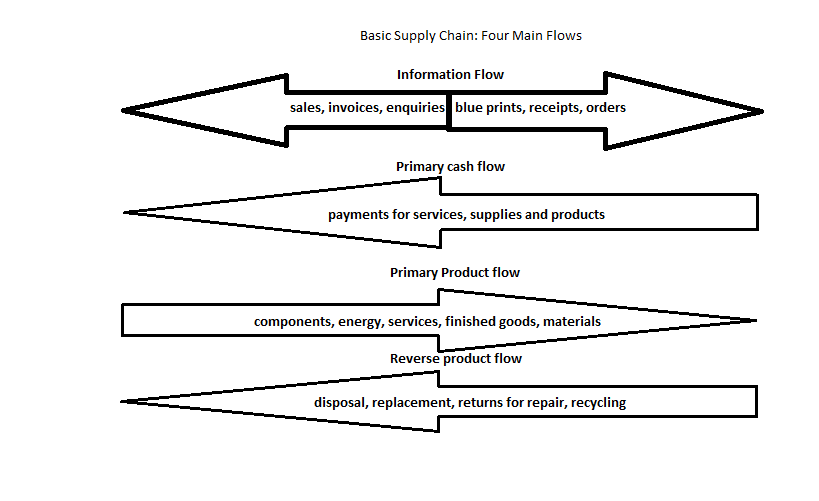Hi,
Today we are going to be dealing with the 4 stages of Supply
Chain and SCOR Operations Model.
You can determine which of the category or stage your firm
belongs to. For the most part, you can locate any company in any of the 4
stages. Then we would venture into the SCOR Operations Model.
Let’s get right into it!
The 4 Stages of
Supply Chain
The diagram below gives a wide and straight idea where many
firms (manufacturing and service) belong. Yes, where they belong. If you were
in a firm that behaves like Stage 1, where Billy doesn’t share business
information with Willy you would know right away.
About 80% of the companies in Nigeria are in stages 1 and 2.
The lack of effective communication (both internal and external) and seeming
partnership to increase the core competencies of these companies to reach their
objectives as regards the triple bottom line (Economic, Environment and Social
Responsibility) has terribly reduced their ability to compete on a global scale
and increased the tendency for the companies to die young.
A lesson here, is, to structure you company (if you are top
management staff or you could propose it) to achieve the following guidelines.
SCOR Operations Model
The SCOR Operations Model is a standard model that fits
properly for manufacturing firms even though a service company can implement
it. SCOR means Supply-chain operations reference model. It’s the backbone of
the operations contained in a supply chain. Most FMCGs (fast moving consumers
goods) companies are heavily involved in using this model. When used
effectively the total cost of goods ownership (TCOGS), inventory handling cost,
transportation cost etc are reduced in order to maintain and increase profits.
The model has 5 important actions and this is what it takes,
ladies and gentlemen, for a firm to satisfy a customer.
Plan – processes that
balance calculated demand and supply to take action in sourcing and
requirements
Source –
processes that gets or procure goods and services to meet planned actual demand
Make – processes that
transform raw materials and products to finished goods for sale to meet demand
Deliver - processes
that provide finished goods and service to customers through transportation,
distribution
Return –
processes associated with returning default, used goods, damaged etc for
recycling, disposal
There you go, so if you are a CEO or MD…planning in this
way would reduce your stress.
If you are someone that’s on a journey concerning these
things I hope this helps.
Till next time…enjoy!








